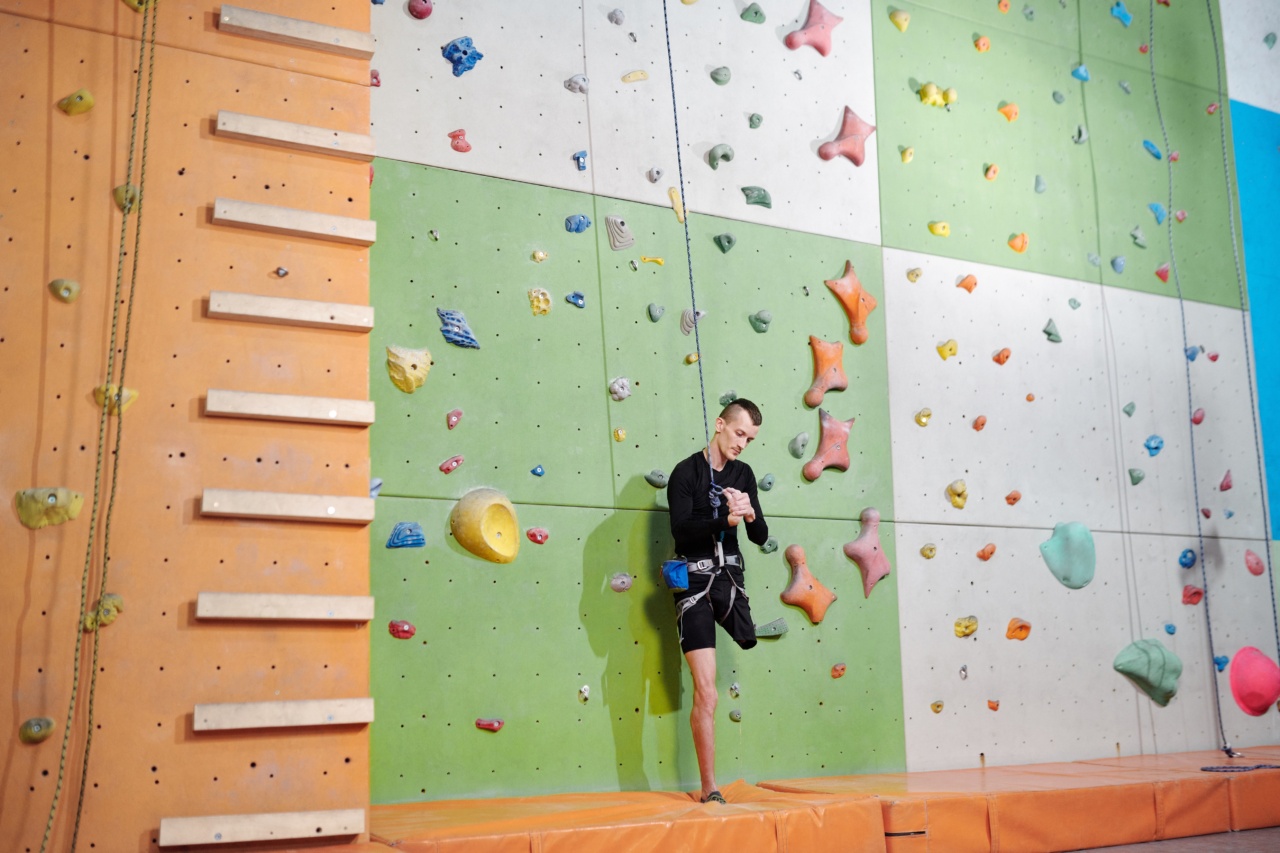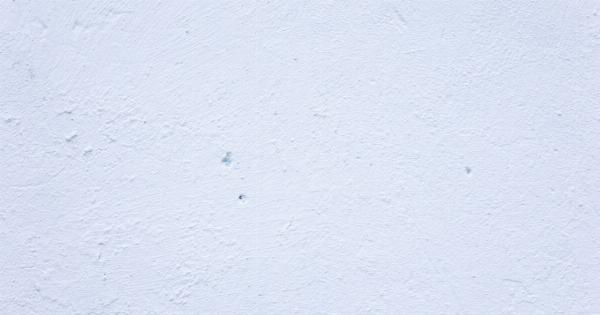Leg blisters can be incredibly painful and uncomfortable. Whether it’s caused by friction from shoes or excessive moisture, blisters can hinder your daily activities and even make it difficult to walk.
Fortunately, there are simple steps you can take to relieve leg blisters quickly and effectively. In this article, we will guide you through four easy steps to help you find relief.
Step 1: Cleanse the Affected Area
The first step in managing leg blisters is to cleanse the affected area properly. Start by washing your hands thoroughly with soap and water to avoid introducing any bacteria to the blister.
Then, gently clean the blister and the surrounding skin with a mild antiseptic solution and warm water. This will help prevent infection and promote healing.
Step 2: Protect the Blister
Once the blister is clean, it’s important to protect it from further damage. Apply a sterile blister pad or an adhesive bandage to cover the blister gently.
These specialized pads offer cushioning, reduce friction, and prevent additional irritation, allowing the blister to heal faster.
Step 3: Relieve Pain and Inflammation
Blisters can often be accompanied by pain and inflammation. To alleviate these symptoms, you can use over-the-counter pain relievers such as ibuprofen or acetaminophen.
These medications can help reduce both pain and swelling, making you feel more comfortable while the blister heals.
Step 4: Aid Healing and Prevention
To expedite the healing process and prevent future blisters, it is essential to keep the affected area clean and dry. Avoid popping the blister unless it becomes extremely painful or is at risk of bursting on its own.
If necessary, consult a healthcare professional or dermatologist for proper blister drainage. You can also apply a topical antibiotic ointment to prevent infection. Additionally, choose loose-fitting, breathable shoes to minimize friction, and consider using blister prevention products such as moleskin or friction-reducing balms.
Conclusion
Leg blisters can be incredibly discomforting, but with the right approach, they can be effectively managed. Remember to cleanse the affected area, protect the blister, relieve pain and inflammation, and aid healing and prevention.
By following these four simple steps, you can find relief and promote faster healing. If your blisters persist, worsen, or show signs of infection, it is crucial to seek medical advice. Take care of your legs and prioritize proper footwear to prevent future blisters.






























